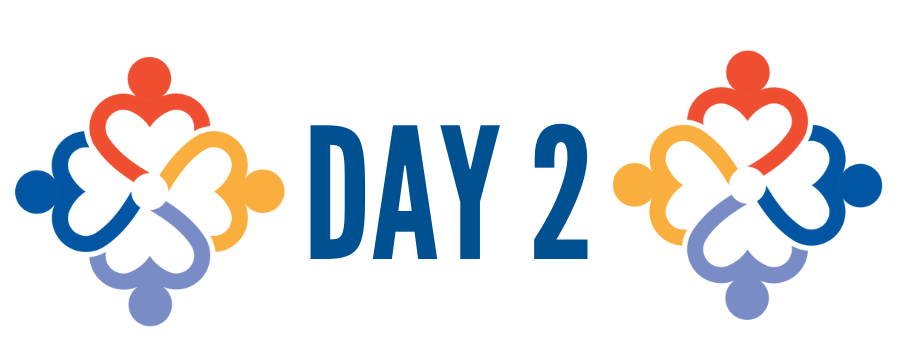
Day 2: Why Equity
Equality means giving everyone the same resources. Equity means offering different resources to different people/groups with the goal of creating equal opportunity for success. In other words, equality is the goal we’re moving toward, equity is how we get there.
Let’s imagine that you are logging on to a virtual meeting and you check in to make sure the sound is working for everyone. This is equality. Everyone gets the same thing, and this might work for many people! But it probably doesn’t work someone who is hearing impaired. As a default, enabling auto-captions and turning on your video can be a first step. Another step might be to ask before a virtual meeting what accommodations people might need. Someone who is hearing impaired might request live captioning services.
Equitable practice is creating default options that are more inclusive and creating opportunities for individuals to name what they need. This means that some folks will be receiving different and sometimes more resources than others. But, the result is that everyone has the ability to participate.
We all have different needs, and because of how our environment is built (literally and figuratively) we also all have different access (or barriers to access) to meeting those needs.
Here’s a frequently shared graphic of the differences between reality, equality, equity, and justice. How does this land for you?

Image description: four-panel cartoon graphic titled “Why Center Equity? How Equity is different from Equality”.
The first panel is labeled Reality. It shows four individuals behind a solid fence trying to look over the fence. The person to the left is on a tall set of stairs and their full body is above the fence; the next person over is standing on a short box and their head appears over the fence; the next person over is much shorter on the same size, short box, as the person to their left, but because they’re shorter, they cannot see over the fence; the fourth person is using a wheelchair and there is a rope ladder in front of them on the fence, they cannot see over the fence. Text reads: Some get more than is needed, some get less than is needed and some get what is inappropriate for their needs. This creates a huge disparity
The second panel is labeled Equality. It shows the same four individuals behind a solid fence trying to look over the fence. Each person is now given the same step-stool. The two people to the left are able to see over the fence, but the two people to the right are not able to see over the fence. Text reads: The assumption is that everyone benfits from the same supports. This is considered to be equal treatment.
The third panel is labeled Equity. It shows the same four people as the first two panels. In this example, the person to the left is on a two-step ladder, the next person is on a three-step ladder, the next person is on the four-step ladder, and the next person is at the top of an accessible ramp. All four individuals are lifted to the same height to see over the fence. Text reads: Everyone gets the individual support they need to thrive, which produces equity.
The fourth panel is labeled Justice. The fence has been removed from the previous pictures and each person is able to view the soccer game from where they stand or sit. Text reads: All people can participate without supports or accommodations because the cause(s) of the inequity was addressed. The systemic barrier has been removed.
Image source: United Way for Southeastern Michigan, “Why Center Equity,” 2023. Accessed via https://unitedwaysem.org/equity_challenge/day-2-why-center-equity-how-equity-is-different-from-equality/
TODAY’S CHALLENGE
Read:
What’s the Difference Between Diversity, Inclusion and Equity? Meg Bolger. (6 min read)
In this advice blog, social justice facilitator Meg Bolger explains the distinction between diversity, inclusion and equity, and why each element is important. She shares helpful thought exercises throughout the article.
Watch:
Targeted Universalism by Othering & Belonging Institute (Jan 7, 2020). [4 min watch]
Targeted Universalism is an approach to make transformational changes that puts equity into action. This video explains how a different way of doing things can improve outcomes for those who need different resources and supports to achieve success.
Reflect:
- In what situations do you currently practice equity? What situations do you practice equality?
- What systems at work support equality? Which systems support equity?
- Who is most likely to be left out when systems are supporting equality?
